Lovage
- Scientific Name: Levisticum officinale
- Plant Family: Umbelliferae
- Parts Used: Root, Leaves
- Actions: Carminative, Diuretic, Emmenagogue, Expectorant, Stimulant, Stomachic.
Cautions:
In excessive doses it can cause kidney damage; and should not be used by those with kidney problems. Lovage promotes the onset of menstruation and should not be used by pregnant women.
The Basics:
An ancient cure for a variety of diseases, Lovage is enjoying a surge of popularity both in the United States and Europe for salads, soups, pies, candies, and for itself.
Medicinally, Lovage is mostly used for its diuretic properties in cases of water retention and urinary difficulties. Lovage is taken by mouth as “irrigation therapy” for pain and swelling (inflammation) of the lower urinary tract, for preventing of kidney stones, and to increase the flow of urine during urinary tract infections.
Lovage has also been used for disorders of the stomach and feverish attacks in case of colic and for flatulence in children. It was also used for gravel, jaundice, and urinary problems.
The whole plant has a strong, aromatic odor, and for this reason, the herb was also added to baths, probably as a deodorant. Skin problems will sometimes respond to a decoction added to bath water.
Lovage has been used in infusions, tinctures, decoctions, vinegars, elixirs, lozenges, and bath and foot soaks.
Appearance
Native to the Balkans and the Mediterranean area, Lovage was introduced to much of Europe and to Great Britain by the Romans. With its large, glitteringly green leaves and dense clusters of yellow flowers, it is a strikingly handsome plant with a powerful celery flavor.
It grows wild along the coasts and on the mountainsides of southern Europe and was particularly abundant in the province of Liguria in Italy, from which may come its old generic name, Ligusticum.
The tall, hardy perennial reaches six feet in ideal conditions, with roots that average one inch thick and grow irregularly in different directions. Its diameter can measure as wide as four or five feet. The dark green leaves resemble those of celery but have an entirely different aroma.
The stalks and leaf stems are hollow tubes with the flower stalks growing above the leaf mass, developing true umbels at the tips with light yellow flowers.
The umbels of small, pale yellow flowers bloom from July to August, glistening with nectar.
Later, curved, oval seeds develop, each shaped like a shallow boat with three ribs as the keel. The root is thick and fleshy, becoming tough and woody with age and multiplying each year until the plant base can measure 50 centimetres or 20 inches in diameter.
Medicinal Uses
Lovage was grown in the earliest monastic physic gardens. It acts as a digestive, relieves flatulence, and has deodorant and antiseptic properties and a warming, soothing, and cleansing effect. The seeds, collected when ripe, were chewed on for digestion and gas.
At one time boils were treated with the Lovage leaves fried in oil and used as a poultice.
Take an infusion of dried leaves for sore throat and fever or use as an antiseptic mouthwash or gargle. Add a strong infusion or a decoction of the root to the bath water to make a cleansing and aromatic bath.
Culpeper (1814) recommended the herb, saying that a liquid extracted by boiling the herb in water, “being dropped into the eyes taketh away their redness or dimness… It is highly recommended to drink the decoction of the herb for agues… The distilled water is good for quinsy if the mouth and throat be gargled and washed therewith… The decoction drunk three or four times a day is effectual in pleurisy… The leaves bruised and fried with a little hog’s lard and laid hot to any blotch or boil will quickly break it.”
Culpepper also claimed that the powdered roots mulled in wine would “warm a cold stomach, helps digestion, and consumes all raw and superfluous moisture therein” .
The roots, which contain a heavy, volatile oil, are used as a mild aquaretic. Lovage root contains furanocoumarins which can lead to photosensitivity.
The chemicals in Lovage might increase water loss through urination, decrease spasms, and help fight infections, but more information is needed.
All parts of the Lovage plant have been used therapeutically (and culinarily). Teas of the leaf and stalk were common and used for sore throats and tonsil problems, rheumatism/arthritis, jaundice, and for digestion. Lovage is known to be a diuretic and was considered good for kidney stones and to increase the flow of urine.
The roots were used in salves for skin problems and put in bath water for aching joints or skin problems.
If you are using foot soaks (another ancient modality), try using Lovage (any part) with mint, thyme, lavender, and rosemary in equal parts to as warm a water as you can comfortably tolerate. A ½ teaspoon of dried mustard powder can be added to open the pores.
A nice idea is to put a bag of marbles in your foot soaks because when rubbing your feet on them, you are touching most of the reflexology points in your feet.
Lovage is in the same family as osha (Ligusticum porter) and therefore, some herbalists consider it as possible lung ailment relief.
Preparation and Dosage
The rootstock can be used fresh or dried.
- Infusion: 1 tsp fresh or dried root to 1 cup water. Take 1 to 1 1/2 cups a day.
- Decoction: Boil 1 1/2 to 2 ounces rootstock in 4 to 6 quarts of water for use as a bath additive.
- Powder: Take 1/2 to 1/2 teaspoons, three times a day, as indicated.
- Tincture: Use 1 tablespoon of Lovage, add 2 tablespoons of sugar and cover with 2 cups of alcohol (40% ABV). Steep for a month, occasionally shake or stir.
You can also drink Lovage Herb tea – just boil some water and pour on 2 teaspoons of dried leaves in a cup. Allow to infuse for at least 15 minutes, then strain off the herb and enjoy.
Other Varieties
Several other plants have been termed Lovage besides the true Lovage, and this has frequently caused confusion.
- Scotch Lovage
Scotch Lovage, Ligusticum scoticum, has also been used as a potherb. Also known as Sea Love or Scotch Parsley, it grows wild along the sea cliffs of Scotland, northern Europe, and on the North Atlantic coast of America.
It is stockier and tougher than garden Lovage with white umbels of flowers and a bitter aromatic flavor.
- Alexanders
Alexanders, Smyrnium olusatrum, is also called Black Lovage, Bastard Lovage, or Black Potherb. This tall, Mediterranean umbellifer was introduced to Britain and northern Europe by the Romans and taken to North America in the 16th century.
About 5 feet high, it grows along sea coasts of southern Britain and northern Europe. The leaves resemble Angelica but are bright and glossy and aromatic, the flowers are yellow, shining with nectar, and the seeds a dark brown.
This plant may be distinguished from the other Lovage plants by the fruit having eight prominent wing-like appendages. The species are perennial herbs, chiefly found in south-eastern Europe. Some of them are employed as domestic remedies, on account of their aroma.
Read more about Alexanders here.
Care and Feeding
Almost every location in the garden is suitable for Lovage. One plant could be placed in a corner, even a shaded one. The only areas to avoid are spots that are too sunny or too dry. The fertility of the soil needs to be high, and heavy fertilization with manure compost and lime is advisable in order to achieve optimum results.
Even high soil moisture is beneficial, but not to the extent of standing water or poor drainage.
Heavy mulching with hay or straw is well received by the plant, partly because of the increase of soil life and earthworms in particular, which digest the mulch and keep the soil supplied with calcium. Top dressing during the season with compost or drenching the soil around the Lovage with a fish emulsion solution aid in vigorous growth.
If the leaves should ever turn prematurely yellow, it is a sign of lacking nutrients or water, or both.
Two plants provide sufficient leaves and seeds for most families. Remove all flower heads from one to encourage the growth of leaves; leave the other to flower and fruit.
Cultivation
When ripe, the seeds are dark brown and grow in pairs like dill. The best germination begins in darkness, within two weeks.
Loveage is extremely easy to grow. The seeds may be sown in the spring, but it’s preferable to sow them in late summer, when they ripen, and transplant the seedlings to their permanent location later in the autumn or very early in the spring.
Only a few plants are needed because its growth is more abundant than most other plants. As the plants get older, they should be divided every fourth year to keep them vigorous, preferably very early in the spring when the first shoots push through the soil. The plant can live 20 years or more when cared for in this fashion.
Lovage plants last a long time. New ones can be made from off‐sets or the many self‐sown seedlings, which can be pulled up for salads. Pieces of root can be dug up from an established plant (three years old or more), cleaned, dried and stored for winter use.
In fall, cut back the dying stalks and lay them on the site as a mulch. The plants are quite hardy. Growth starts fairly early in spring.
Collection
Fresh leaves should be picked all year around in small amounts for soup, gravy, or salad. Obviously, the older leaves should be used first to avoid yellowing, cutting each one off close to the ground.
A family will rarely be able to consume the leaves as fast as they grow, leaving the only alternative to cut the plant off about two inches above the ground before the leaves turn yellow and become useless.
Since one leaf with stem is often more than two feet long, it is advisable to cut small leaflets off the ribs before attempting to dry them. The stem parts hold so much water that it would take days to dry the whole; but the leaf parts alone will dry within two days in warm shade.
Lovage should be dried until it is crisp enough to crush in your hand. It should be stored in a closed container away from the light. It tends to yellow with age, even when dried, and becomes useless after one year.
Cut the seed heads as they are turning brown and hang to dry above a cloth to catch the ripe seeds.
As Food
The stalks of Lovage can make a boiled vegetable; the raw stalks, an appetizer. The base of the plant can be billed and blanched as celery. In England, the hollow stems are candied as a bittersweet confection, but the herb, Angelica, is more often used in this way. The aromatic seeds of Lovage are used like caraway or sesame in bread, cake or cookies.
- A bunch of Lovage recipes can be found here: Eating To Live
The leaves can be used in salads, or to make soup or season broths, and the roots can be eaten as a vegetable or grated for use in salads. Its flavor and smell can be described as a mix of celery and parsley, but with a higher intensity of both of those flavors. The seeds can be used as a spice, similar to fennel seeds.
In the Netherlands, Lovage leaves are traditionally cooked with white asparagus and salt; and served with boiled eggs. In Romania, the leaves are the preferred seasoning for the various local broths, equally as much as parsley or dill. In Romania it is also used dried and with seeds to conserve and to add flavor to pickled cabbage and cucumbers.
In the UK, an alcoholic Lovage cordial is traditionally added to brandy as a winter drink and is or was popular in Cornwall where it was originally added to slightly spoiled smuggled brandy to hide the taste of salt.
Lovage is used primarily for salads and other dishes; in some countries, especially England, Lovage leaves are used to make candy.
The culinary uses of Lovage are many. Leaves can be used to make soup, or added dry or fresh to salads. Better still, wrap the leaves around fish for baking. In times of famine in Scotland, the leaves were used as a vegetable to keep scurvy at bay. It does, however, make a poor dish of greens.
The seeds, leaves and leaf stems have a strong, earthy, celery flavor that enriches soups and stews and is particularly useful in vegetarian dishes, with rice, vegetable stuffings and nut roasts.
The leaves preserve their flavor during long simmering, unlike celery, which soon develops a sour taste. Add fresh leaves to salads and vegetables.
In winter use the seeds in bread and savory pastries, in hot potato and cabbage soups, and in all cheese dishes. The pungent flavor suits robust dishes and is less successful with fish or eggs.
In Mediterranean countries, Lovage seeds are crushed to flavor bread. Equally, they can be sprinkled on salad, mashed potato, Welsh rarebit, and cauliflower cheese.
The thick brown root is also aromatic. The roots can be harvested and boiled, but their flavor is very strong and they must first be peeled of all bitter skin.
The young stems can be candied like Angelica, but lack its slightly aniseed sweetness.
Lovage Vegetarian Stock
- 4 c. washed lovage leaves
- 6 c. water
- freshly ground pepper.
Simmer about 10 minutes. Use in soups, sauces and stews. Can be frozen.
History and Folklore
The history of Lovage goes back to the ancient Greeks who chewed the leaves for digestion and gas. Both the Greeks and the Romans used the herb as a medicine, and in the Middle Ages it was used as a cure-all for most illnesses.
- The seeds were nearly as expensive as black pepper at one time.
- Hildegard of Bingen used Lovage in her cooking.
- John Gerard believed Lovage was one of the best remedies of his time (mid 1500s).
Lovage has an ancient history. It was introduced into Britain by the Romans and brought here by early English colonists and was often found in their gardens. Lovage was one of the seeds found in the early American Shakers’ seed sales.
As both a medicinal and culinary herb, Lovage now grows in the authentic garden at Plimoth Plantation, the re‐creation of a Pilgrim village in Plymouth, Mass.
New Englanders would candy the root and chew on the seed during long church services to keep them alert.
Colonial women “cured” many ailments with Lovage: sore eyes, upset stomach. They used fresh leaves for summer “sallets” and flavored winter soups, with the dried root. The dried leaves seasoned the stuffing for roast goose or turkey.
Folk Names
- Bo’ Hog Root
- Gout Weed
- Italian Parsley
- Lavose
- Love Root
- Lubestico
- Sea Parsley
- Smellage
Magickal Uses
- Planet: Sun, Venus
- Ruler: Pan, Astarte
- Element: Water, Fire
- Astrological Sign: Taurus
- Parts Used: Dried Root
- Basic Powers: Love, Purification
Lovage is one of the most dependable herbs for drawing romance into one’s life. Not only will it bring you love, but regular bathing with this herb will enhance your beauty, physically, and will also allow the inner radiance to shine forth more brightly.
For this reason, Lovage is often used as a bathing herb, cast into the bath, the pleasant scent filling the room and delicately scenting the bather. In this manner, particularly when combined with a candle and poems of a romantic nature, is one able to attract romance.
Add seven rose buds to a Lovage bath, and you will become more attractive to the opposite sex.
With a subtle floral scent, the root is an effective addition to Herbal Amulets to attract love, and it can be steeped in wine to be served to a prospective lover.
You can also add the root, or a strong tea made by boiling the root, to a bath to become psychically cleansed.
In Central Europe, women wore Lovage around their necks when meeting lovers, and the herb was often put in love potions as a guarantee of everlasting devotion.
To encourage someone to love you more, the following can be done:
For nine successive days, rise early, boil Lovage root in water to make a tea, hand-bathe your genitals and face in this before dawn, carry the wash basin to a crossroads, call the name of the one you love, and throw your used bath water toward the sunrise.
One of the most nonjudgmental of herbs, Lovage draws the person most suited to your soul. A great root for bisexuals or anyone confused about which gender he or she is (or should be) attracted to. It is best used when invoking a new relationship and promises to quickly attract your heart’s desire.
Plant Lovage in front of and around your home to help ward off all sorts of unwanted intruders, ranging from door-to-door salespeople, to evil spirits, to epidemics, to vermin.
The leaves can be placed in the shoes to relieve weary feet.
Lovage dug up at night on Good Friday reputedly helps ward off either witches or the influence of the Devil.
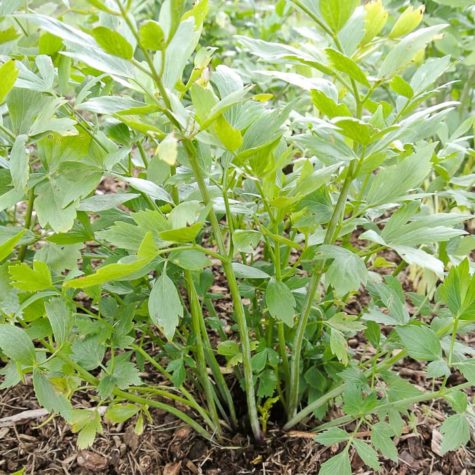 Other Uses
Other Uses
Oil from the plant is occasionally mixed with tobacco for flavor. In foods and beverages, Lovage is used for flavoring. In manufacturing, Lovage is used as a fragrance in soaps and cosmetics.
Lovage contains a volatile oil, angelic acid, a bitter extractive, resins etc. The coloring principle has been isolated by M. Niklis, who gives it the name of Ligulin, and suggests an important application of it that may be made in testing drinking water.
If a drop of its alcoholic or aqueous solution is allowed to fall into distilled water, it imparts to the liquid its own fine crimson-red color, which undergoes no change. But if limestone water be substituted, the red color disappears in a few seconds and is followed by a beautiful blue, due to the alkalinity of the latter.
Contraindications and Cautions
When taken by mouth: Lovage is likely safe for most people when used in amounts commonly found in foods. It is possibly safe for most people when taken as a medicine in appropriate amounts.
Taking Lovage by mouth or applying it directly to the skin may increase sensitivity to the sun. This might put you at greater risk for rashes from the sun, sunburns, and skin cancer. Wear sunblock and protective clothing outside, especially if you are light-skinned.
Special Precautions & Warnings:
- Pregnancy and breast-feeding:
Lovage is likely unsafe during pregnancy. There are some reports that it might cause the uterus to contract or start the menstrual period. This could cause a miscarriage.
There is not enough information about the safety of using Lovage during breast-feeding. Stay on the safe side and avoid use.
- Fluid retention (edema):
Don’t try “irrigation therapy,” which is the use of Lovage with lots of fluids to increase urine flow, if you retain fluid because of heart disease or kidney disease.
- High blood pressure:
There is a concern that Lovage might increase the amount of sodium in the body, and that might increase blood pressure.
- Kidney problems:
Do not use Lovage if you have inflamed or painful kidneys or damaged kidney function.
- Diuretic drugs:
Lovage seems to work like “water pills” (or diuretic drugs) by causing the body to lose water. Taking Lovage along with other “water pills” might cause the body to lose too much water. Losing too much water can cause you to be dizzy and your blood pressure to go too low.
Some “water pills” include chlorothiazide (Diuril), chlorthalidone (Thalitone), furosemide (Lasix), hydrochlorothiazide (HCTZ, Hydrodiuril, Microzide), and others.
Sources:
- The Rodale Herb Book
- Wikipedia
- The Master Book of Herbalism
- The Herb Book by John Lust
- The Complete Book of Herbs and Spices
- Hoodoo Herb and Root Magic
- Foraging by John Lewis-Stempel
- Magical Herbalism
- The Herbal Academy
- The Herbal Alchemists Handbook
- Element Encyclopedia of 5000 Spells
- WebMD
- New York Times
Rennie Luttrull: queen-annes-lace-seeds
Rosanna: Spignel aka Bald Money
Annamarie Squatrito: Fumitory
EILEEN Klinghagen: Pumpkin
Mahmudul Hasan: Celery
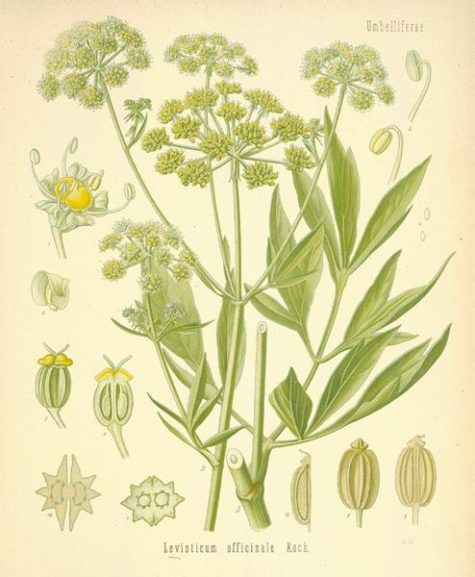
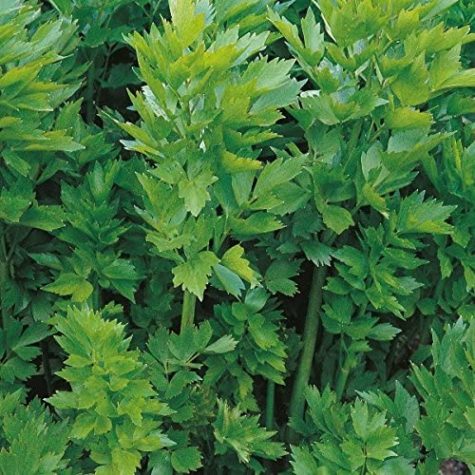
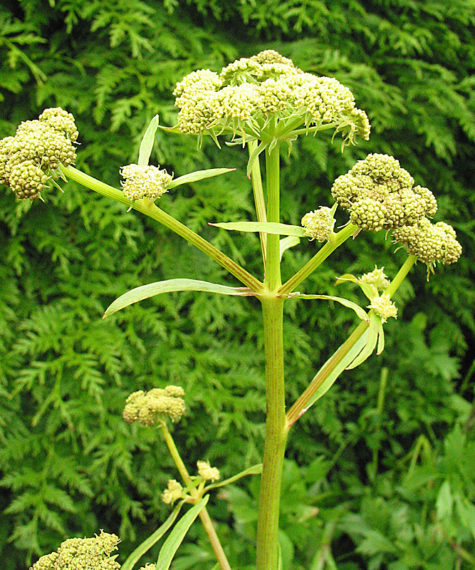
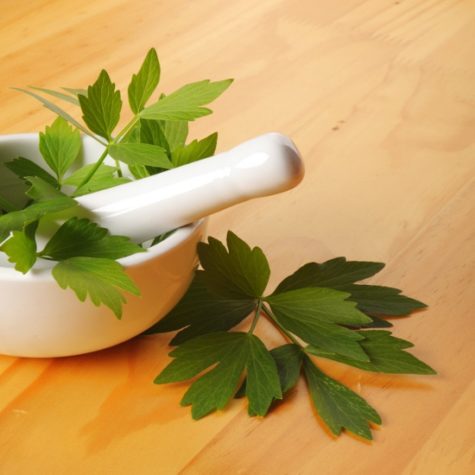
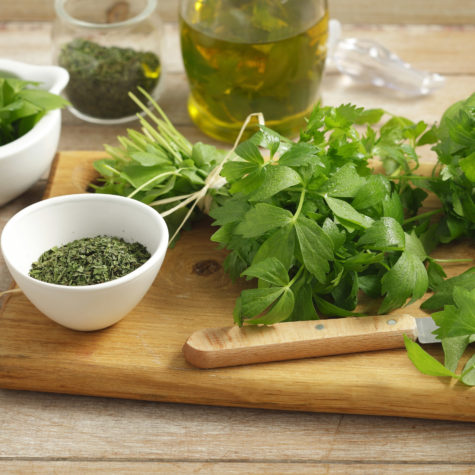
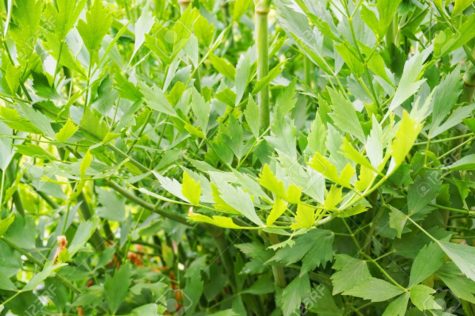
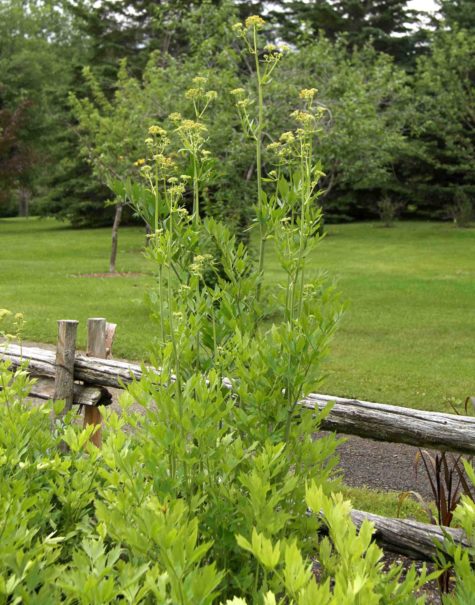
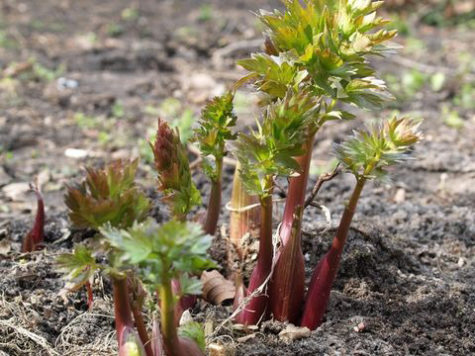
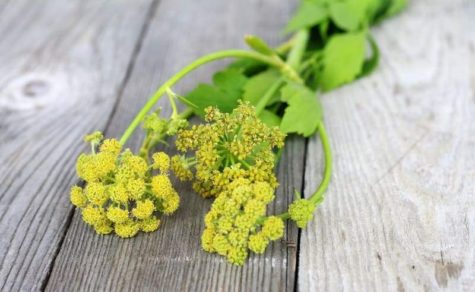
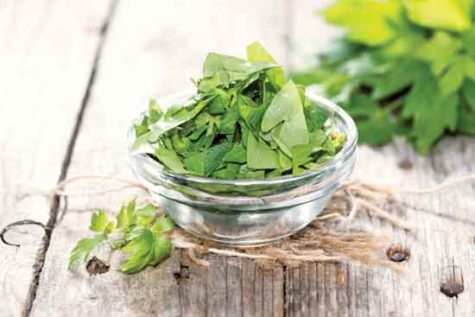
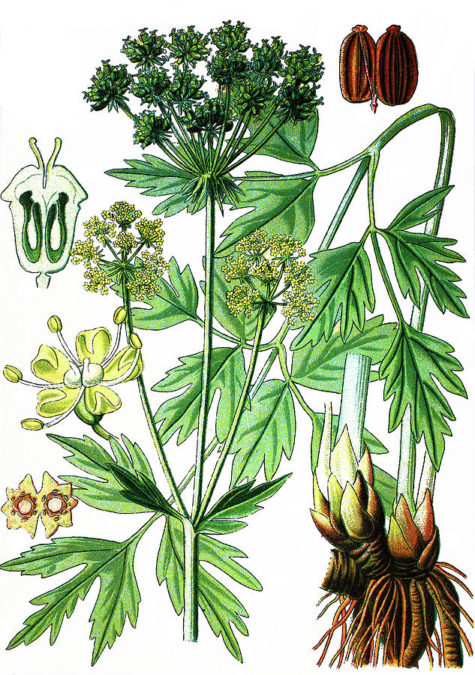

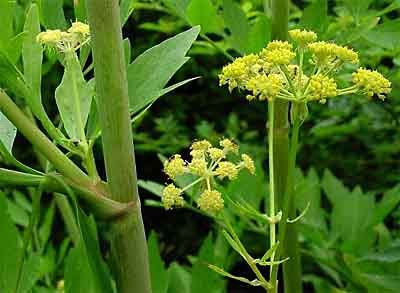
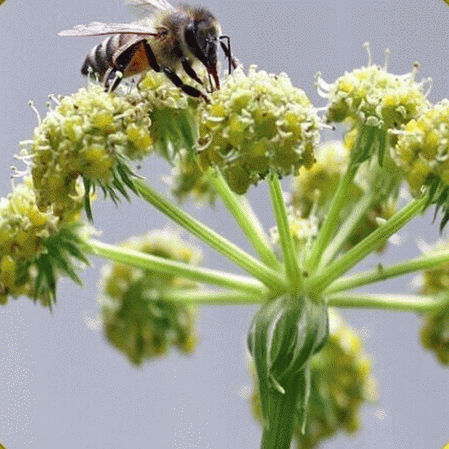
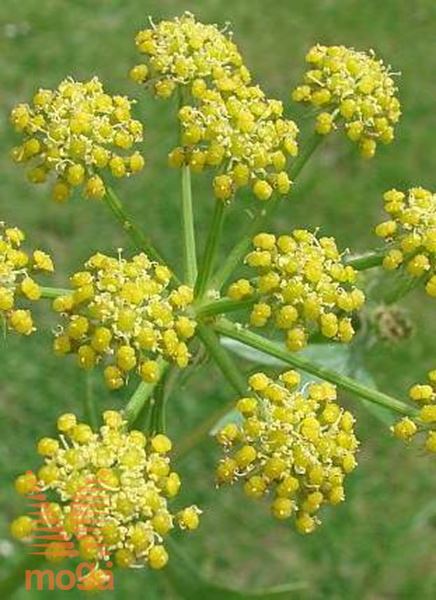


Leave a Reply